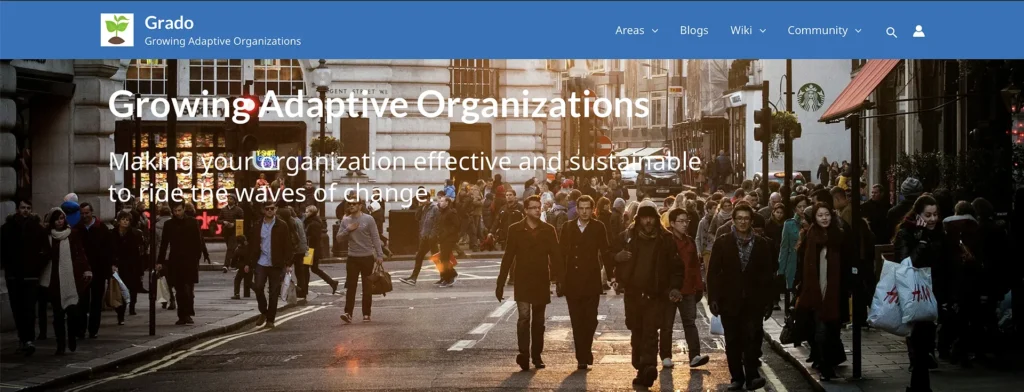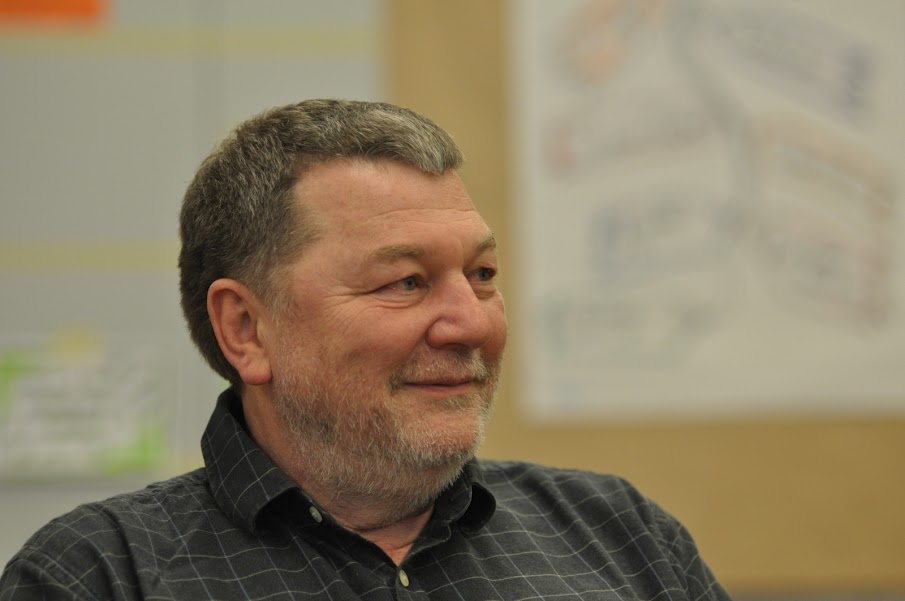First Things First
Company Name Change
The name of this company changed from RadicalFocus to LetsOrg GmbH.
Geschäftsführer: Christoph Mathis and Daniel Liebig.
You need to know this when you receive an invoice from LetsOrg GmbH.
Where is the Content
Growing Adaptive Organizations

If you look for the content, it has been consolidated into https://grado.group .
if you want to contact me

Krishan Mathis
krishan.mathis@gmail.com
LinkedIn